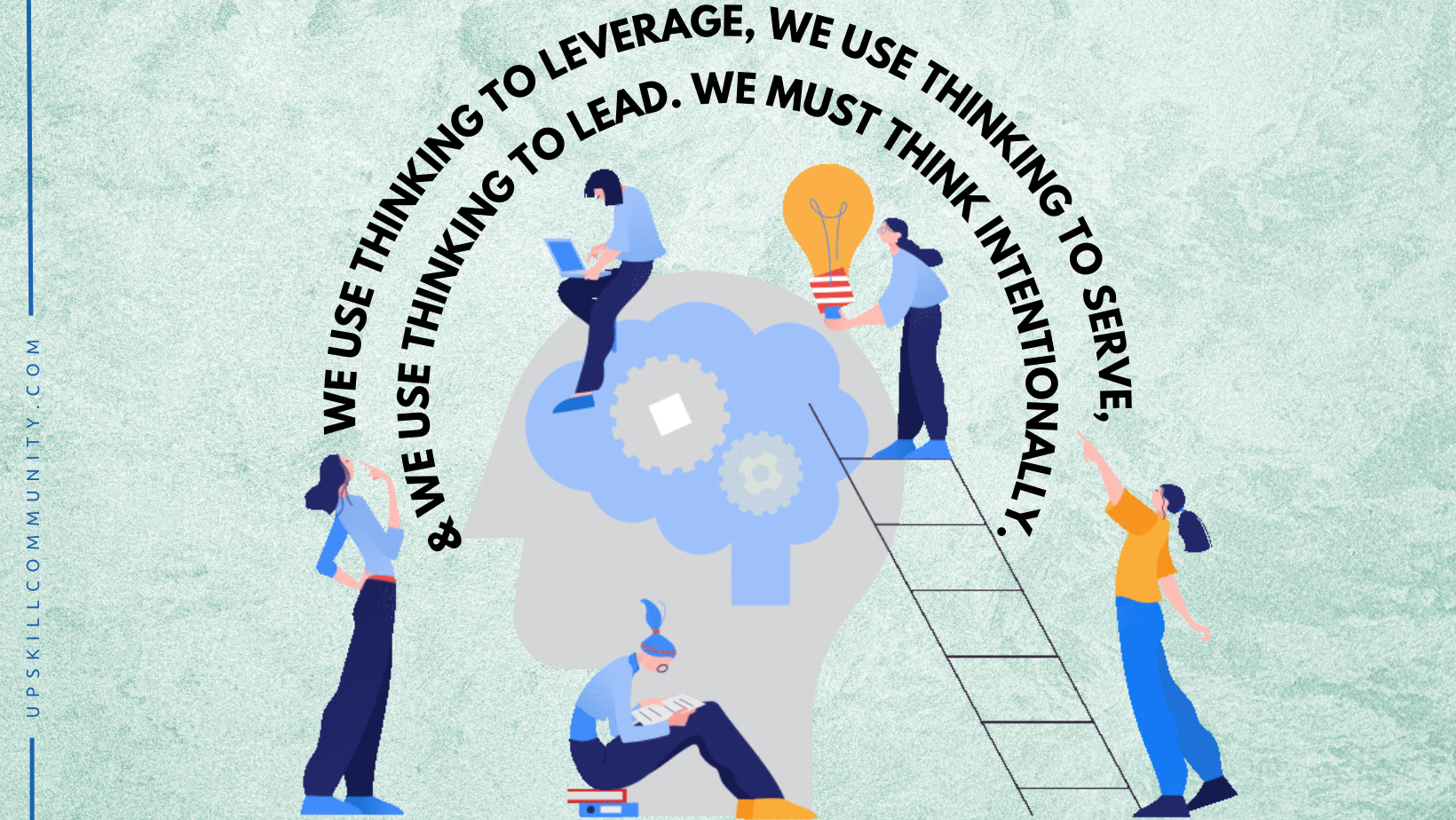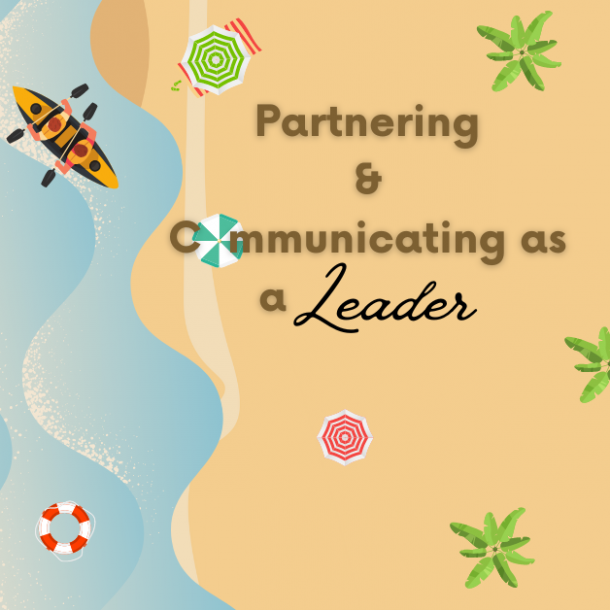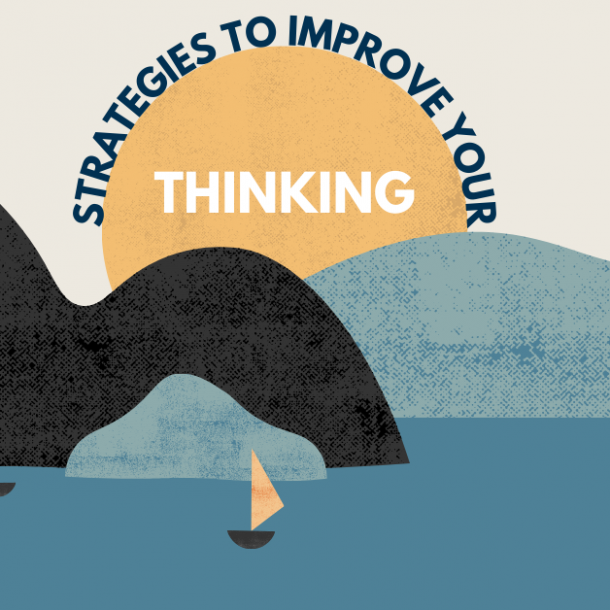
UpSkill: Think about your thinking
In this blog post we invite you to think about your thinking, as a leader. Let me begin with one of my favourite stories with you.
The story goes that a mother usually prepares ham for celebratory occasions. She always cut off both ends of the ham — and then put it in the baking pan — before baking it. Her daughter observed this behaviour and began doing the same thing in her house. Soon the daughter had her own child, an inquisitive little girl.
The little girl always asked “why mommy?”
One day, as the mother prepared the ham, the little girl, Samantha, asks why her mom cut off the two sides.
The mom, for the first time, realized she didn’t know why.
The mom said, “I’m not so sure actually. My mom always did it this way, so that’s the way I do it too.”
“But why?” Samantha says.
So Samantha’s mom decided to call grandma to get to the bottom of things.
Grandma says, “Well dear. In the days when I was making the ham, the container we baked it in was very small. So I had to cut off the two ends to make it fit.”
Then the daughter looked at the size of the container she was using, which could fit two hams. Yet she’d continued the practice of cutting off the two ends.
Samantha asking why made her realize she was continuing a practice that was no longer relevant or necessary.
Think about that story. Ask yourself, to what extent do we continue practices in our leadership that are long redundant? To what extent is our thinking allowing us to continue ways, processes, words that were redundant long ago?
That is what I want us to think about with this post.
There is so much buzz about thinking: creative thinking, critical thinking, innovative thinking, entrepreneurial thinking.
We have all these labels and phrases to describe thinking.
When was the last time we thought about what comes before thinking, and went back to the bassline: what is thinking?
If you do a Google search you’ll find definitions of “thinking” that basically describe it as “using one’s mind to consider or reason about something.”
What we have to think about is that there is automatic thinking, such as how we hear vs. how we listen.
We can’t avoid hearing as long as we have the physical ability to. Listening is an intentional act that requires more effort.
To some extent we automatically think just to get through life. To what extent do we do the intentional thinking that is required of us?
As Peter Drucker says, “For knowledge workers, it is for us to think about our thinking. We are in the business of thinking.”
If you’re an artist you spend time drawing a beautiful piece of art. You step back from it, look at it, give yourself feedback. You analyze the colours, symmetry etc. You go back to it until you’re happy with it.
When we’re in the business of thinking, to what extent do we take a step back and apply a lens of scrutiny to our own thinking. That is the intentional act of thinking and that is what is required of us as leaders.

We use thinking as a tool to solve problems. To plan, to learn, to create, to innovate. We use thinking to leverage, we use thinking to serve, we use thinking to lead. We have to think intentionally.
We must ensure that when we are thinking, there are no flaws in our thinking. Since we know that all of our thinking has flaws, we need to spend time to intentionally scrutinize our thinking.
Pause and think about what habits — what practices — are you continuing that resemble the practice of cutting off the ends of the ham to fit in a small pan, when you have a large one in front of you.
I want you to think about the story and what you’re doing in your business, community that begs the question “Why am I doing this?”
“What if this could be done another way?”
Make sure you’re not doing what Samantha’s mom was doing. Do you scrutinize your thinking? Do you scrutinize the actions that are a result of your thinking?
Do you scrutinize your decision-making?
Do you scrutinize how you interact with others?
Are you asking yourself the tough questions that allow you to scrutinize your own thinking?
Are you stepping back from your own actions and looking at them objectively. This is important for us as leaders. Are you asking for feedback on your thinking?
What are the top flaws that concern you in your own thinking? What threats concern you if you don’t dedicate time and effort to intentionally thinking and scrutinizing yourself as a leader?
I want you to reflect on these questions and reflect on the story I shared with you about the ways in which we continue to do things habitually. It’s time for us to pause and reflect and scrutinize the way we’re thinking, because our thoughts will affect our thoughts, words, decisions and actions.
In this uncertain climate, in this complex environment, we want to make sure that we are intentionally examining ourselves and how we lead.
In the next blog post, I’ll be providing you step-by-step strategies and tips on how to think about your thinking.




